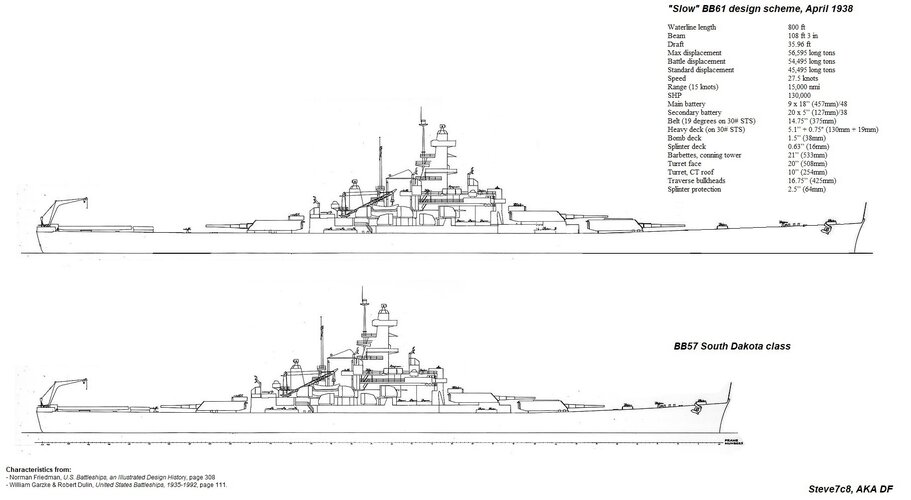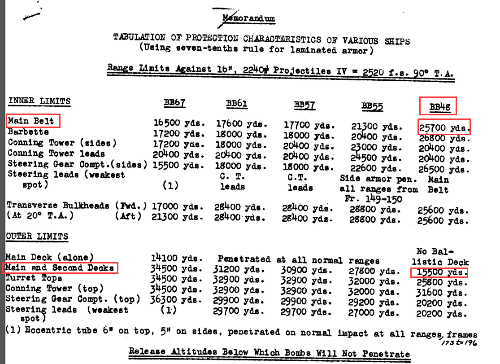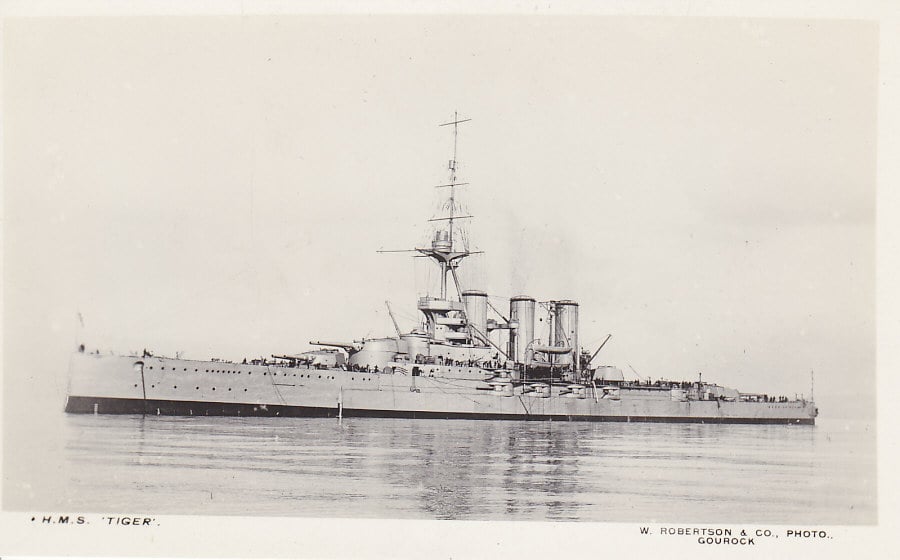The 16 still comes out on top unless you want to triple the Turret weight.
A 18 inch super heavy weigh in north of 2 tons on anyscale. They are fucking heavy and not being moved short of a fully mechanicized system to shove them from their loading trays to the breech.
At best you are getting a salavo a minute meaning that a 12 gun 16 SH will beat it out in both weight and volume of fire.
Not to mention you can build more 16 inch armed ships which carry more ammo.
Cause 1 vs many fucking sucks like that no matter how good the 1 is...
And counterally to popular belief.
If the Yamato or Montane faced the 3 Colorados which been upgrade it, the Colorados will be the victors from shear numbers, not the bigger ships.
The 16 "/50 Mark 7 is the best choice under the limitations of Naval Treaties.
Iowa class main turret weight(16 "/50 Mark 7 three gun turret):1,728.4 - 1,735.4 mt (NavWeaps) or 4,030,000 lbs (REACTIVATION OF 16-INCH THREE GUN TURRETS IN THE BATTLESHIP, 1987). And the Montana-class main turret weighs more because the Montana class main turret has thicker armor. Based on the drawing of 18 "/48 Mark 1 three guan turrest, its weight is 4,850,000 lbs. The latter is 26.78%~27.28% or 20.35% heavier than the former. If we take the weight of the main turret of the Yamato class as a reference(46 cm/45 Type 94 three gun turret weighs 2,774 mt), It is 59.85%~60.50% or 51.75% heavier than the triple 16 "/50 Mk 7 turret. Battleships in a 3x3 arrangement with three 18-inch triple turrets weighed up to 181.5% of the weight of three 16-inch triple turrets( Yamato vs Iowa). The 18-inch main gun turret of the 3x3 is 19.89% heavier than the 16-inch main gun turret of the 3x4 ( Yamato vs Montana, assume that the Montana turret is as heavy as the Iowa turret). That's why tripling the weight is impossible.
With the fire control capabilities of WWII battleships (range, bearing, rate of change of range and bearing, corrections), it was impossible for the main guns to fire at a theoretical rate of fire. It makes more sense to compare the amount of ammunition dropped in a single round of fire.
One Yamato or Montana vs Three modern West Virginia, please show a picture from C-BB/S1-1(370) Battleship-Protection Characteristics, July 13 1942. The BB-45's main armor belt and armor deck are respectively penetrated by AP Mark 5 at 25,700 yards and 15,500 yards. The BB-67's main armor belt and armor plates are respectively penetrated by AP Mark 5 at 16,500 yards and 34,500 yards. Therefore, BB-45 has no immunity zone for 16"/45 Mark 5 and Mark 8, while BB-67's immunity zone for 16"/45 Mark 5 and Mark 8 is between 16500 and 34500 yards. More importantly, the maximum range of the 16"/45 Mark 5 and Mark 8 is 35,000 yards (@30 degrees maximum elevation).
If there were no tonnage restrictions under the Naval Treaty, and the USN could obtain information on the Yamato-class's use of 18-inch main guns, the USN would inevitably invest in 18-inch main guns. Even a battleship equipped with 18-inch main guns will cost more.



